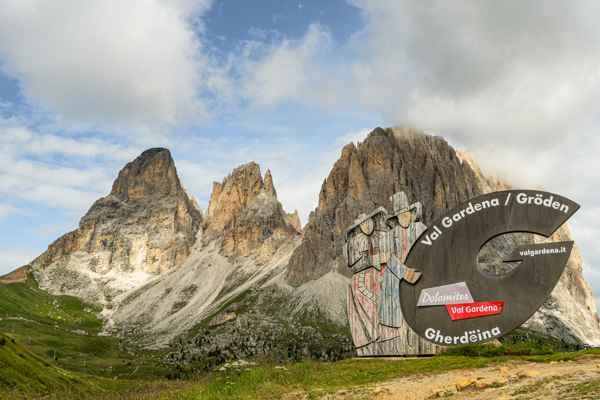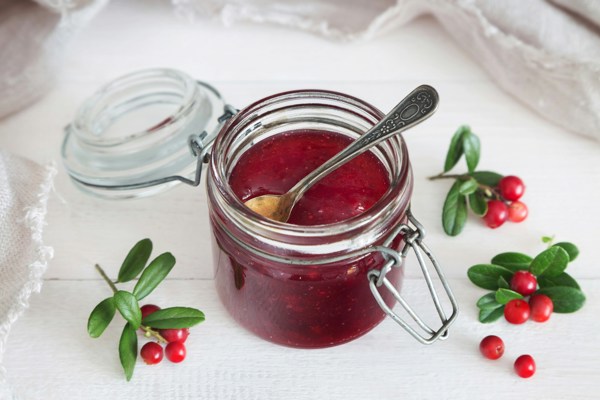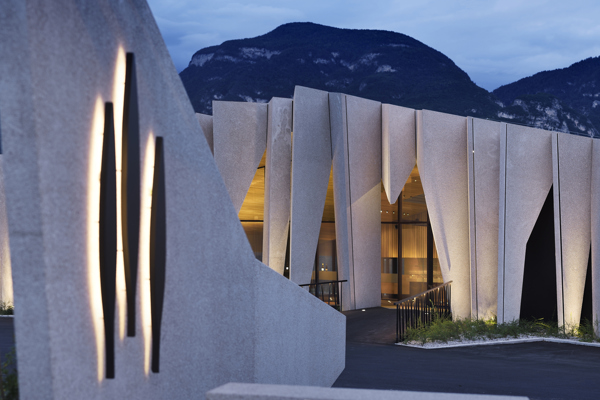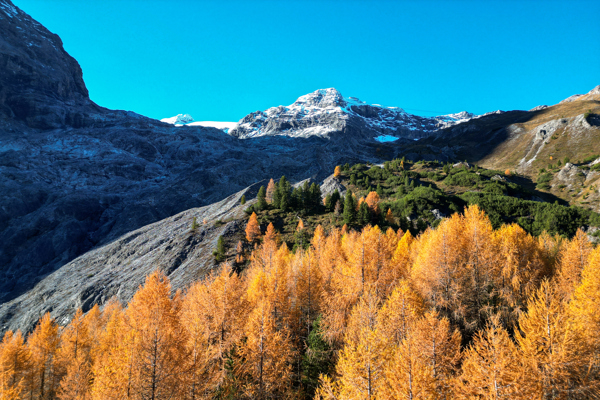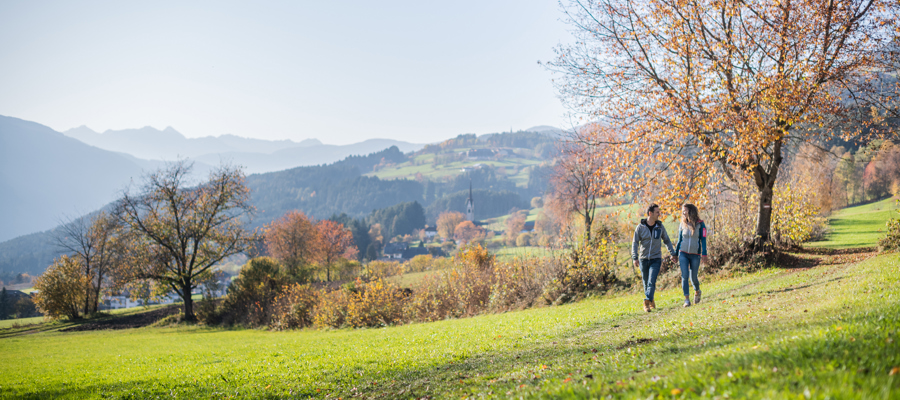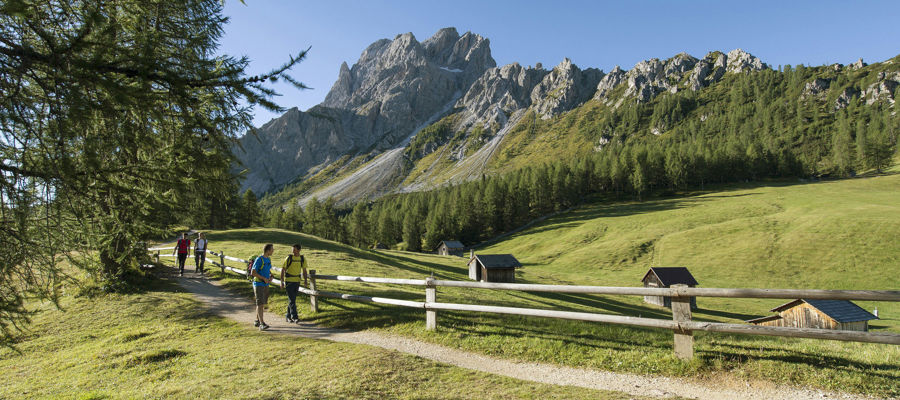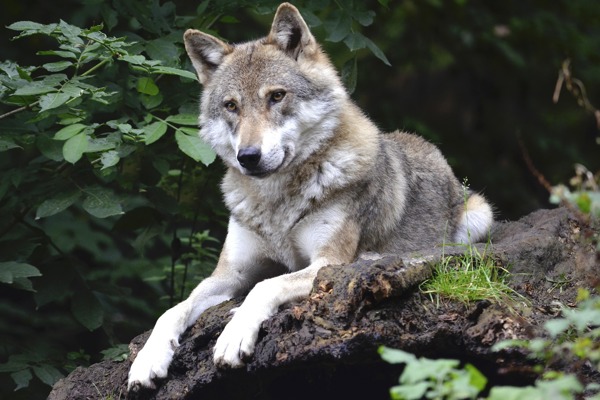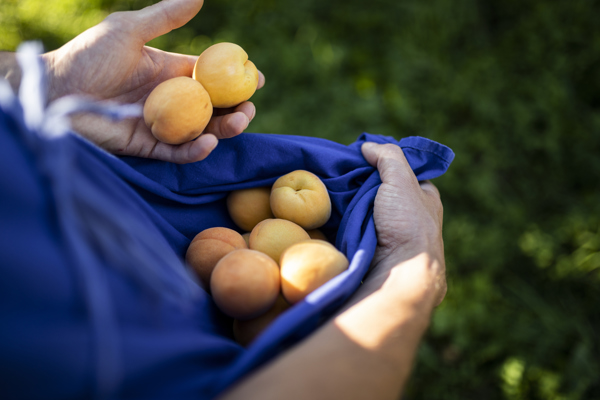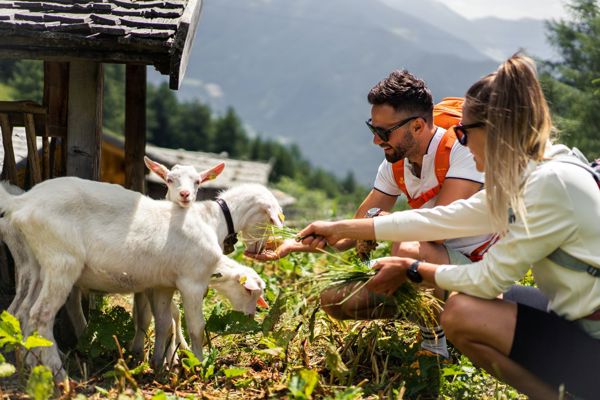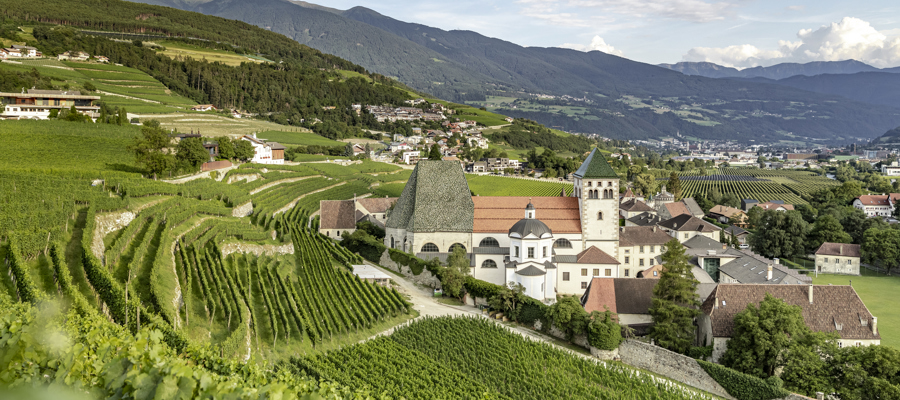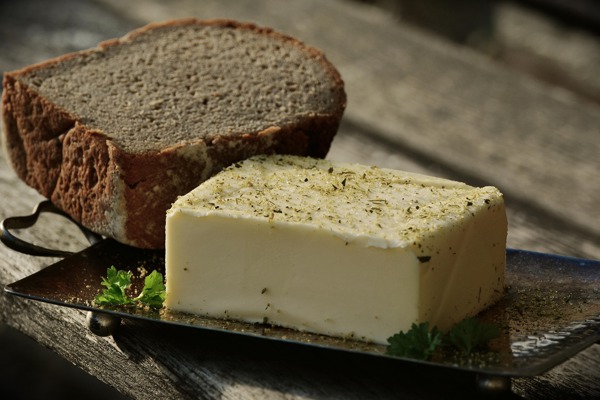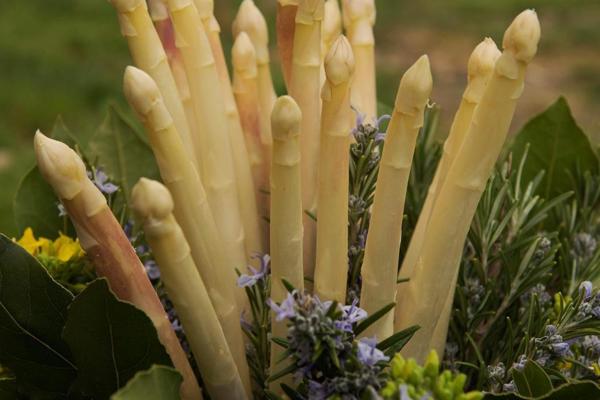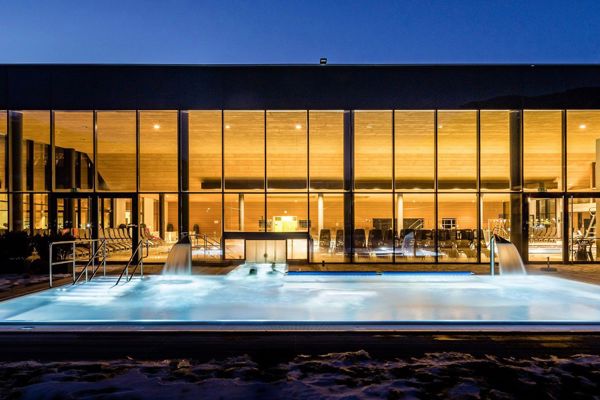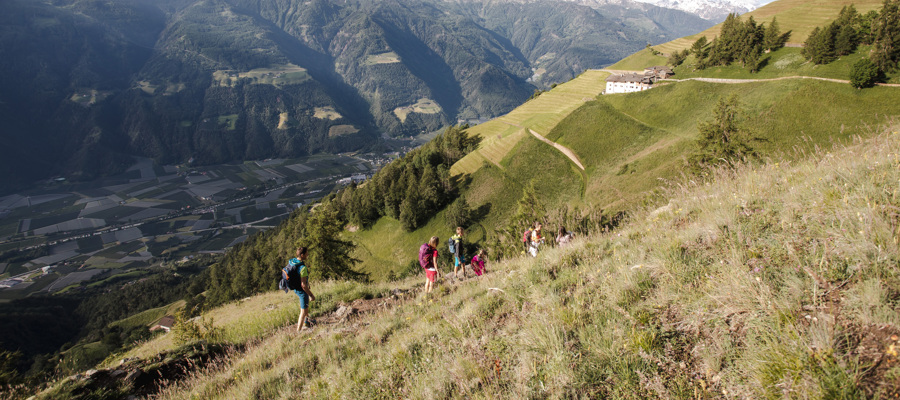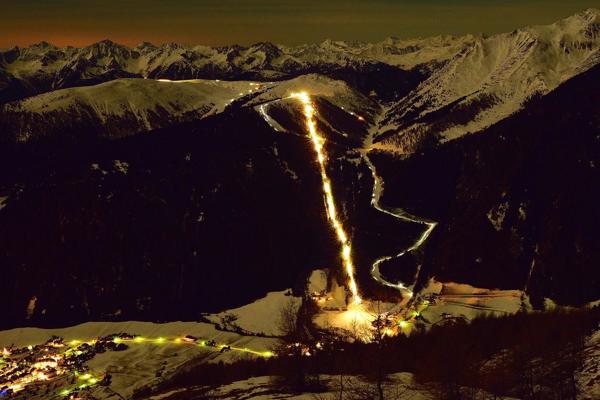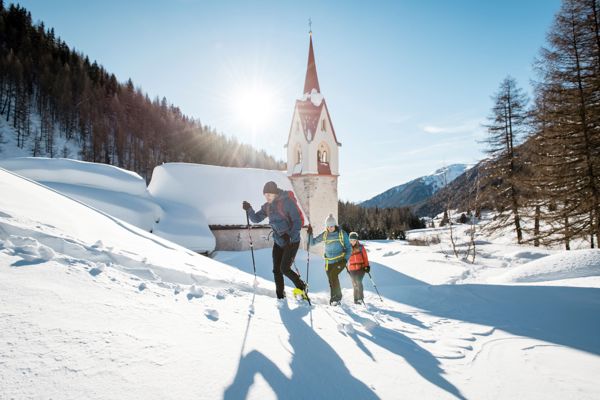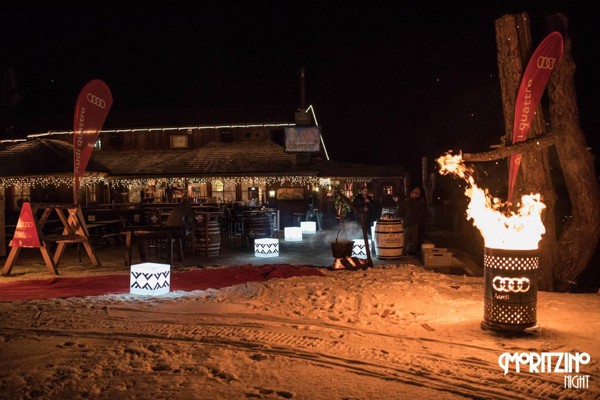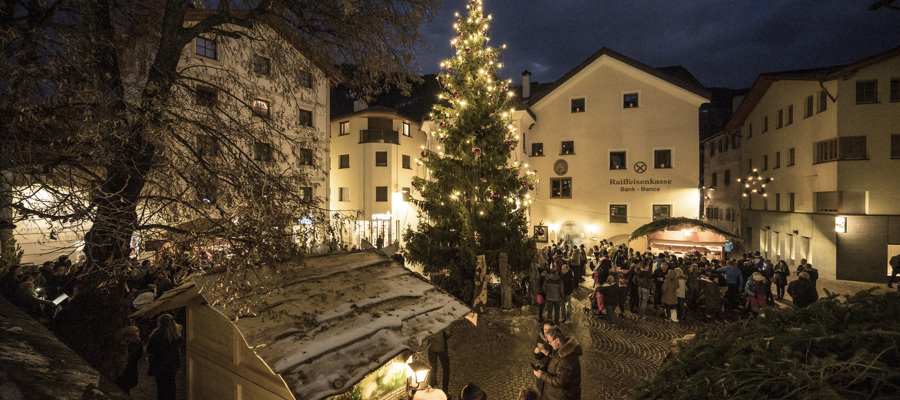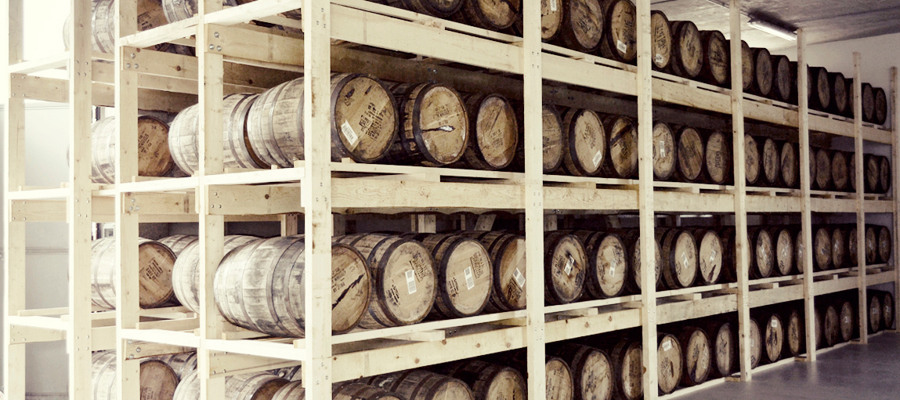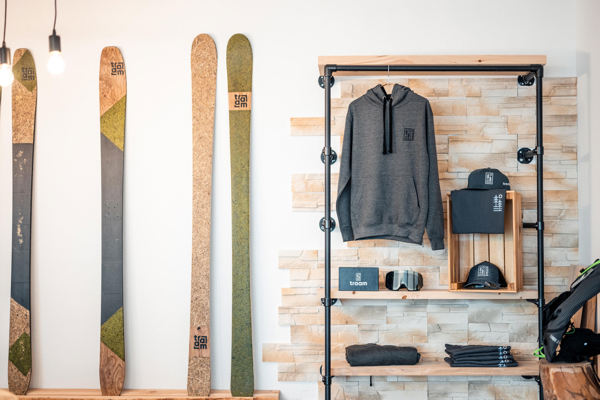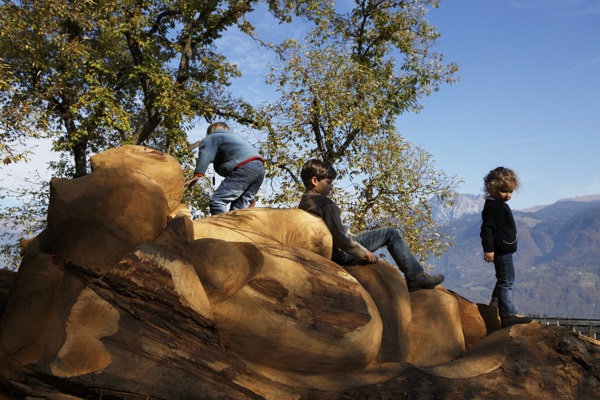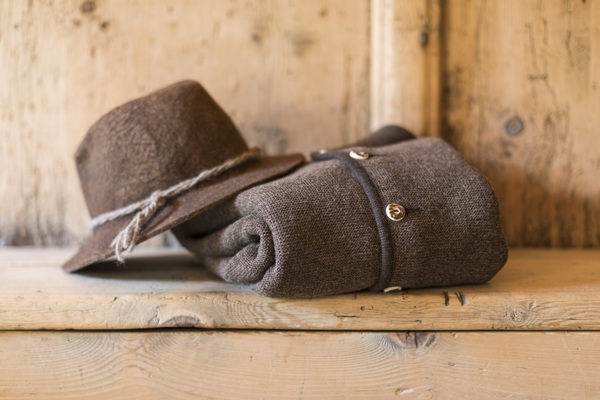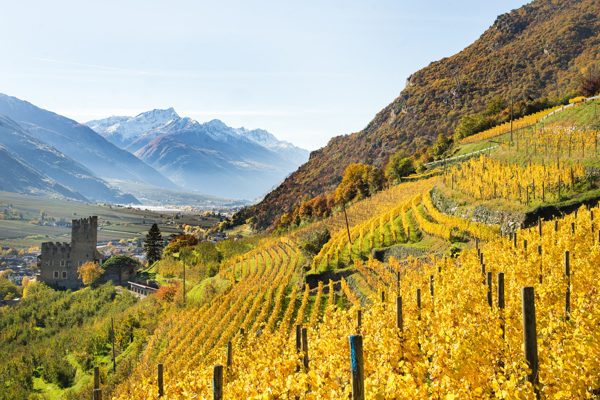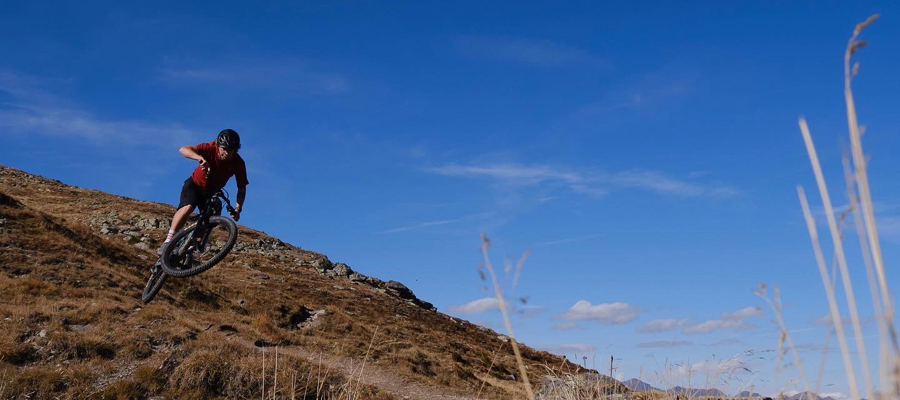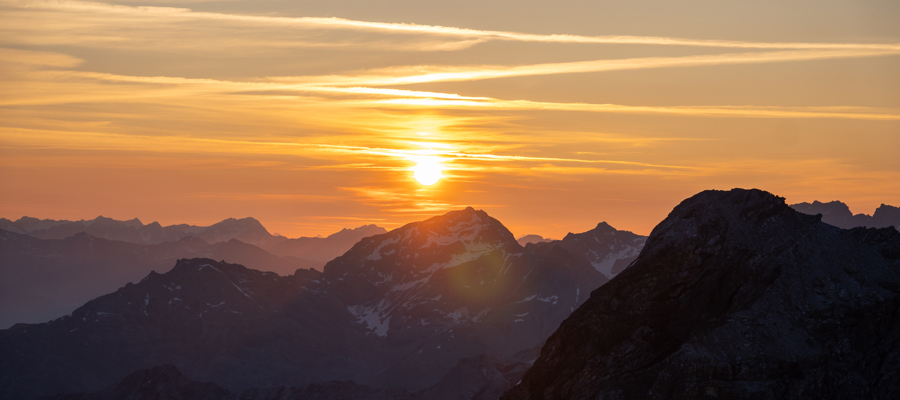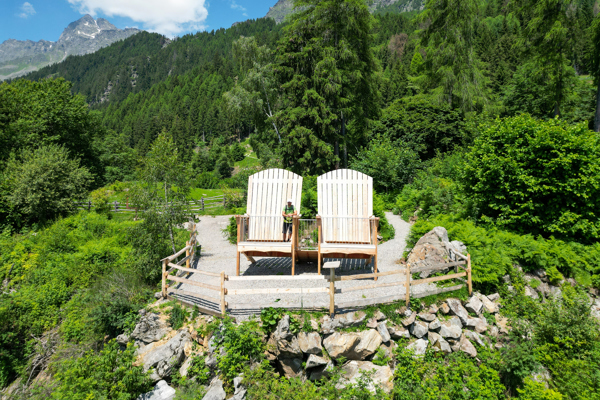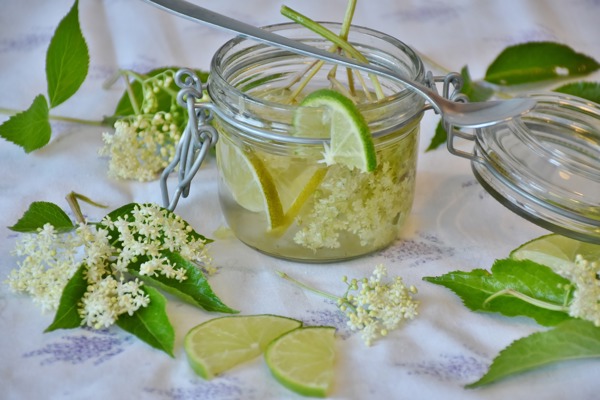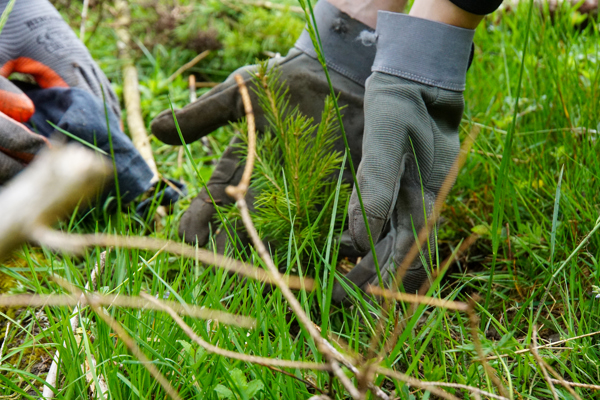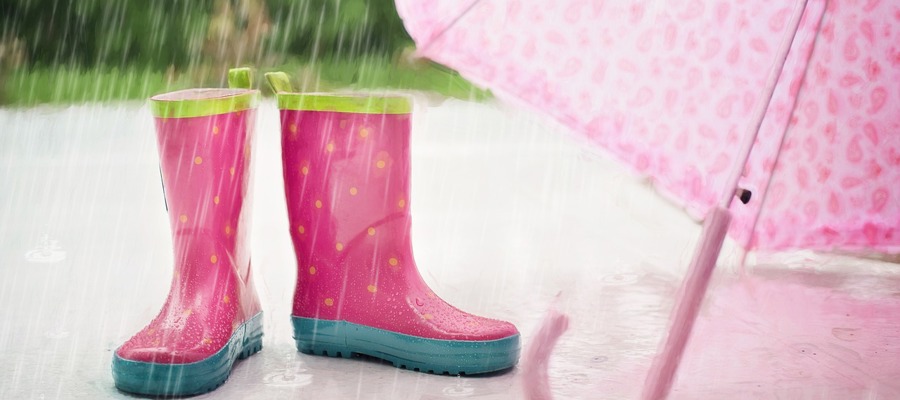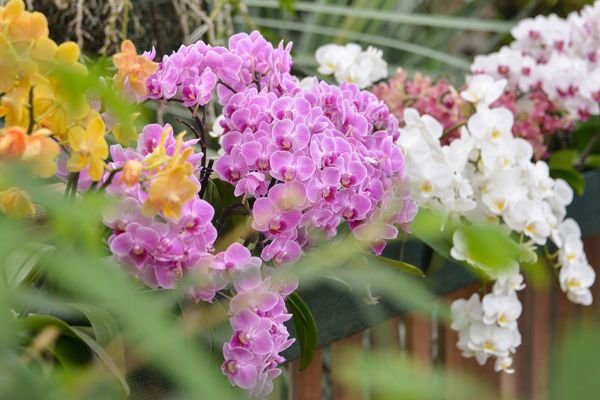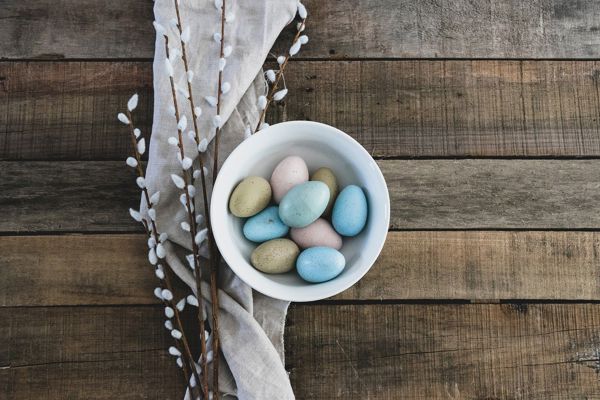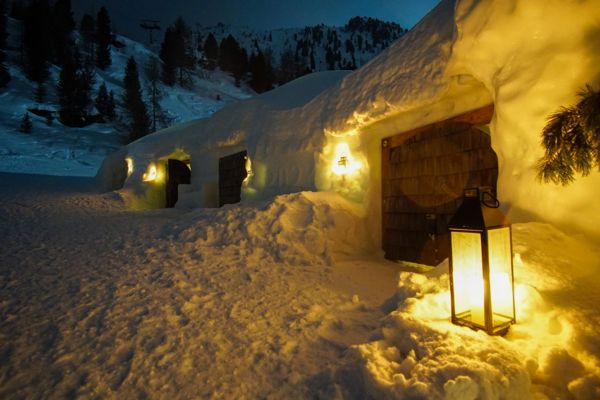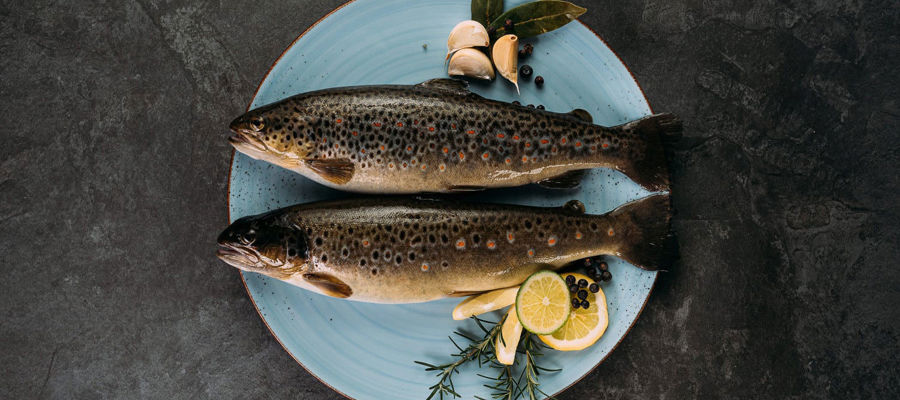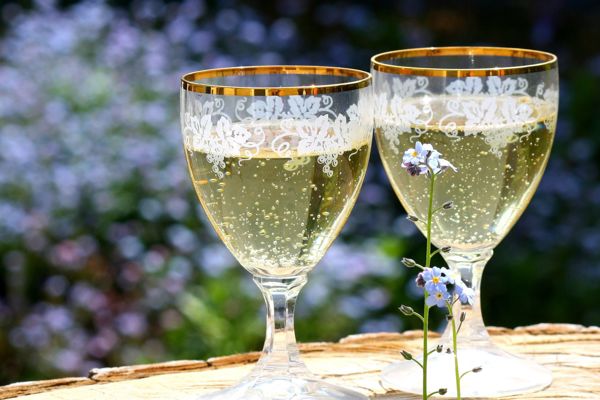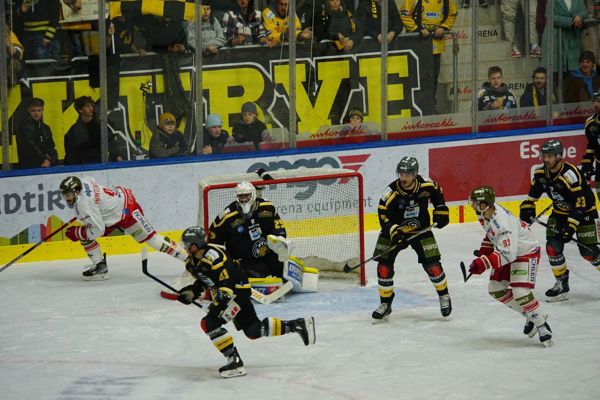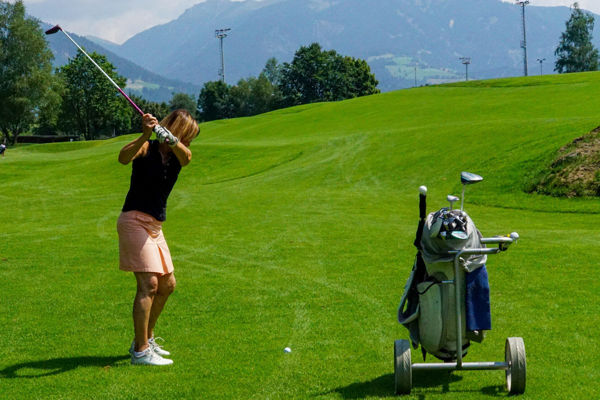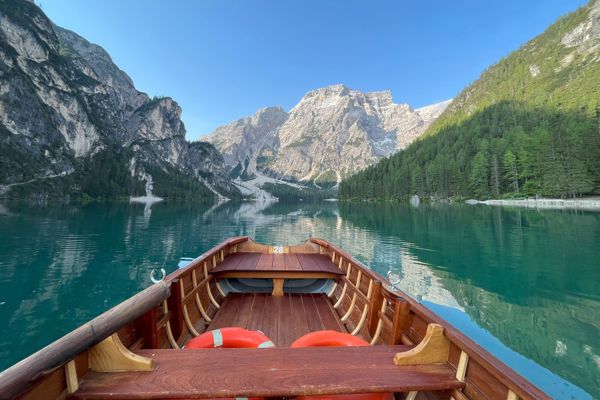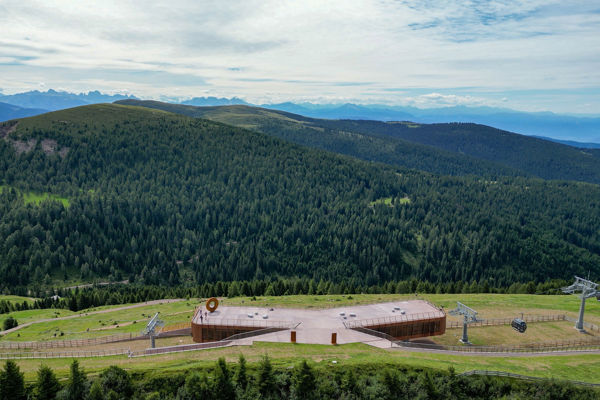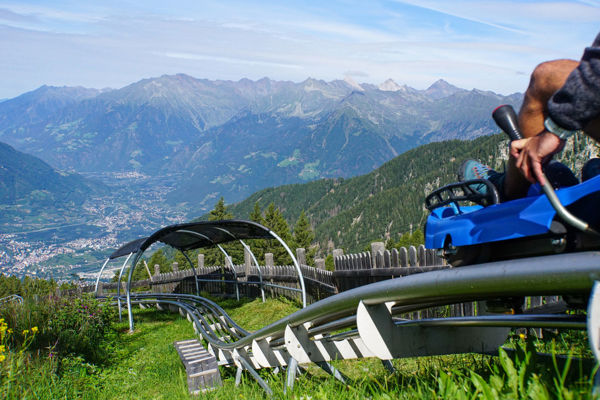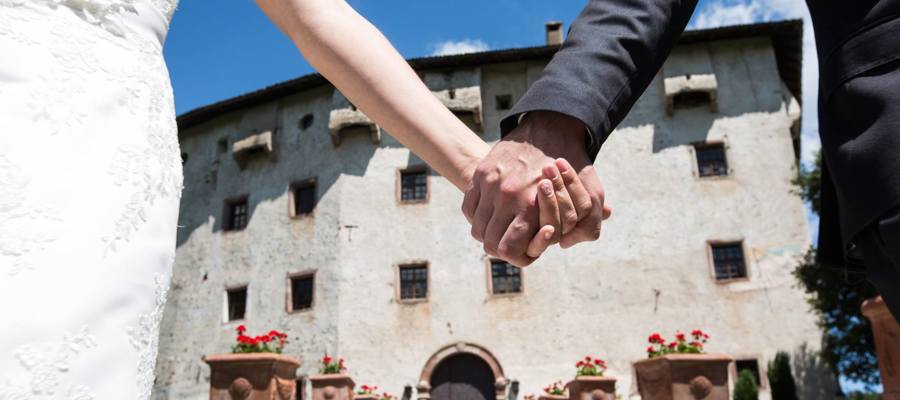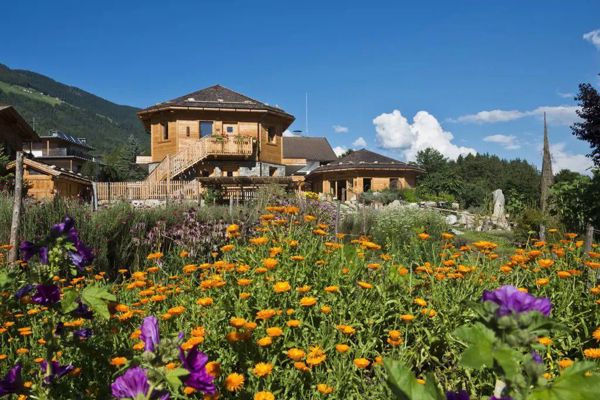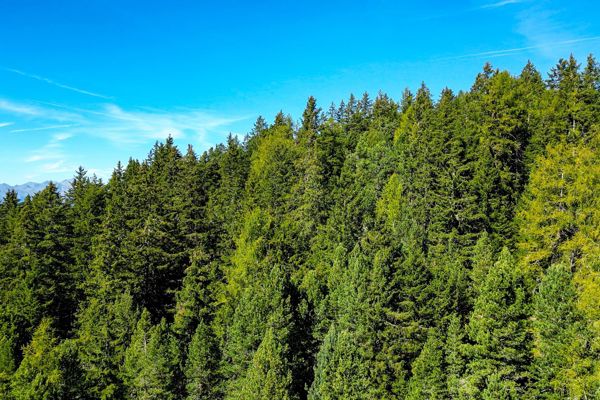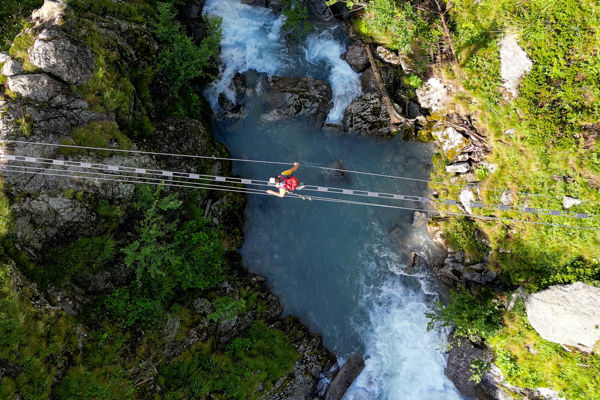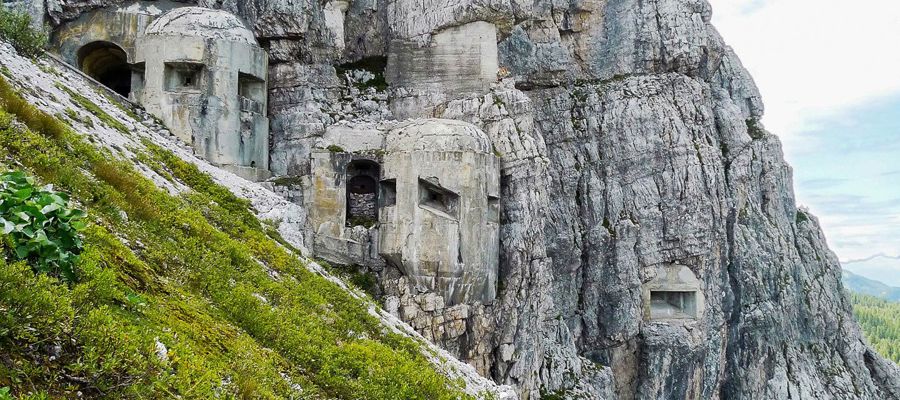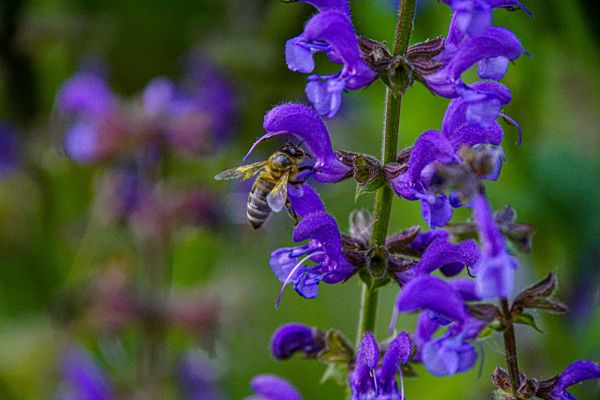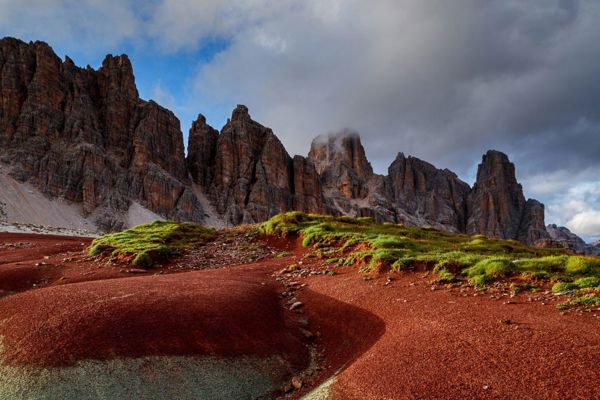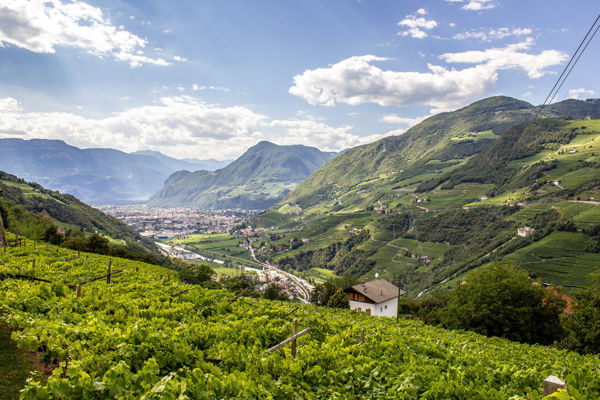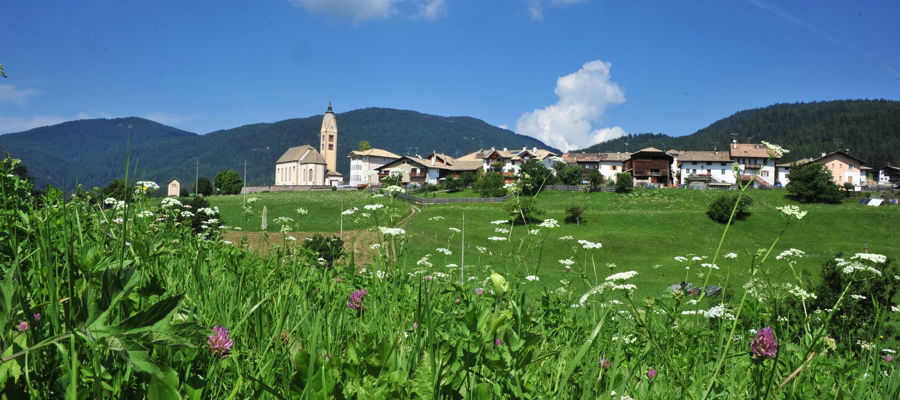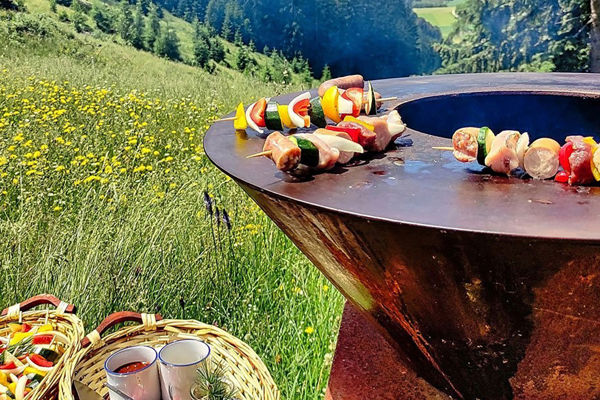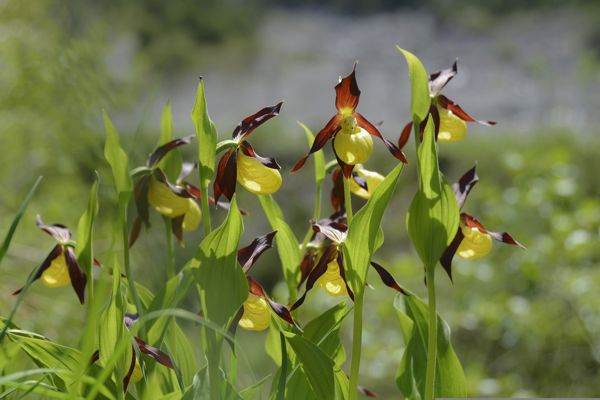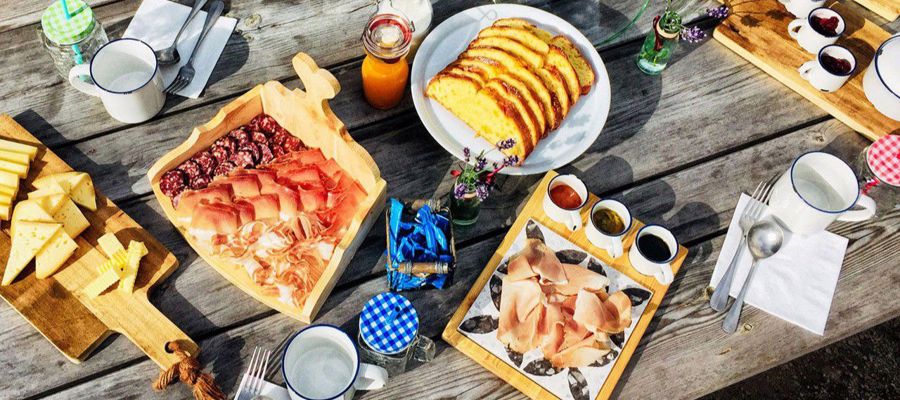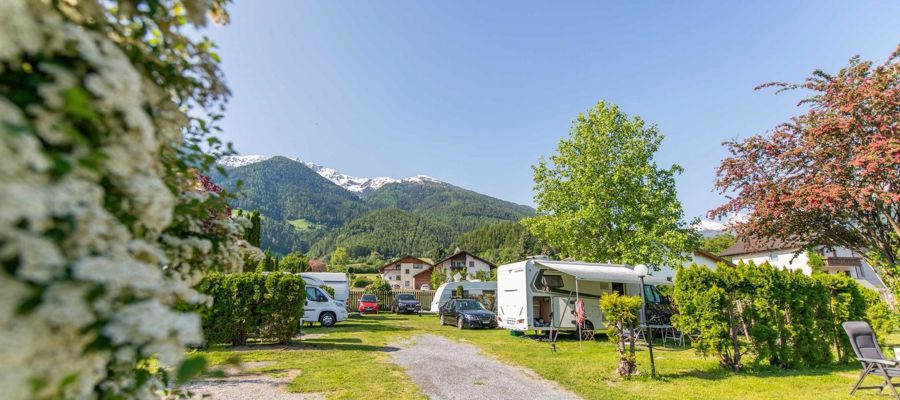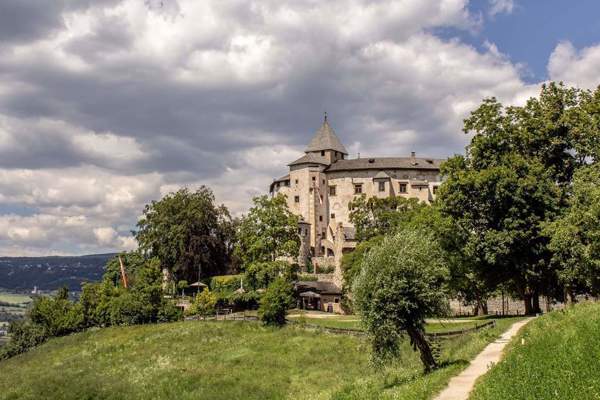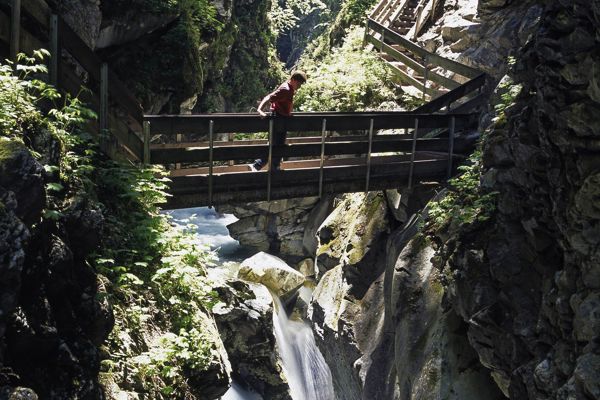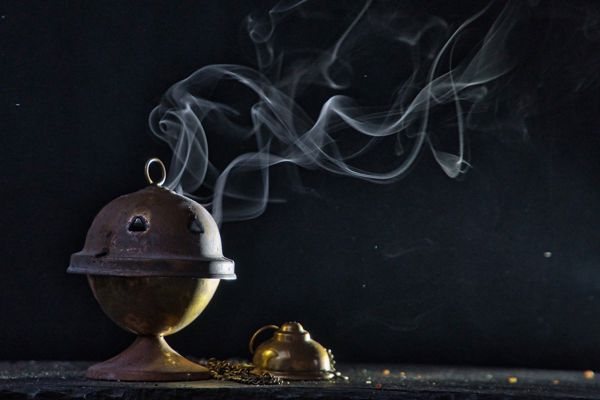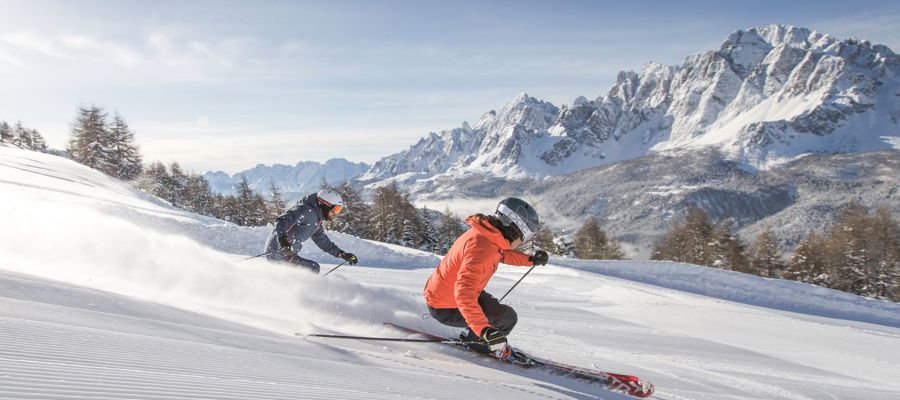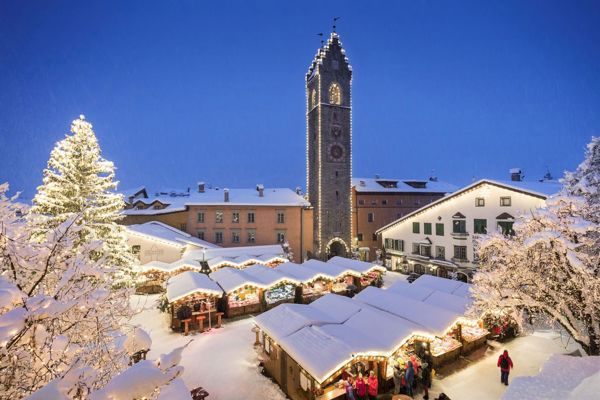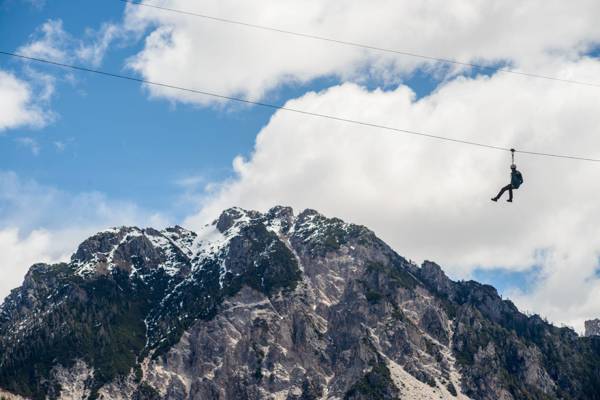3 famous alpine flowers
When it is already green and blooming in the valleys in spring, there is still plenty of snow on South Tyrol's mountains. But after the snow has melted, nature awakens with renewed vigour at higher altitudes: the crocus blossom in April in Prettau or on the Möltner Joch is fantastic, for example. And in early summer, the alpine meadows offer a particularly colourful variety of flowers.
Today it's all about the 3 most famous alpine flowers: gentian, edelweiss and alpine rose. Of course, every mountain fan is familiar with these flowers. But we believe that only a few of you know all the interesting details that we are about to reveal to you.
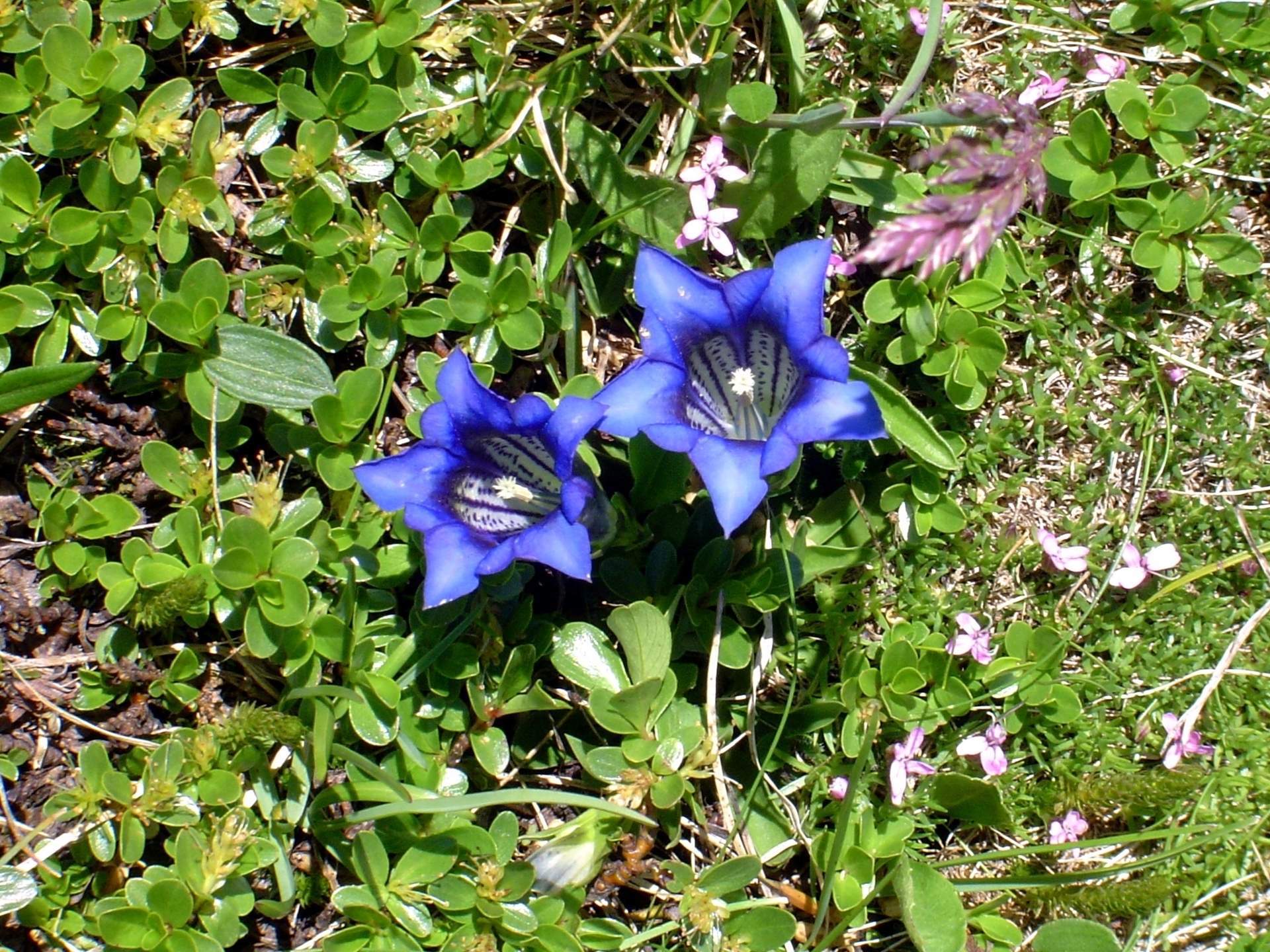
The blue of the gentian flower is truly bewitching.
Internet Consulting - Stefanie SelvaThe gentian blooms blue
This is the title of a film and a popular song, but does not apply to all species of the gentian plant genus (Gentiana). Around 20 different species grow in South Tyrol. Not all of them flower in intense blue, but they are all protected. When you think of gentian, however, you probably have either Koch's gentian or Clusius' gentian in mind: these two well-known species have blue cup-shaped flowers and are both often referred to as stemless gentian. They hardly differ in appearance, but Koch's gentian prefers silicate soils and Clusius' gentian prefers calcareous soils.
The spring gentian (small star-shaped flowers) and the swallow-root gentian (grows up to 1 metre) also delight with their radiant blue colour, but differ significantly in appearance from the two gentian species mentioned above. The spring gentian blooms directly after the snow melts, and often blooms a second time in autumn. South Tyrol is also home to the yellow gentian, the spotted gentian and the eastern alpine gentian. The popular gentian schnapps is distilled from the roots of these 3 gentian species. The yellow gentian is also cultivated as a speciality crop in fields.
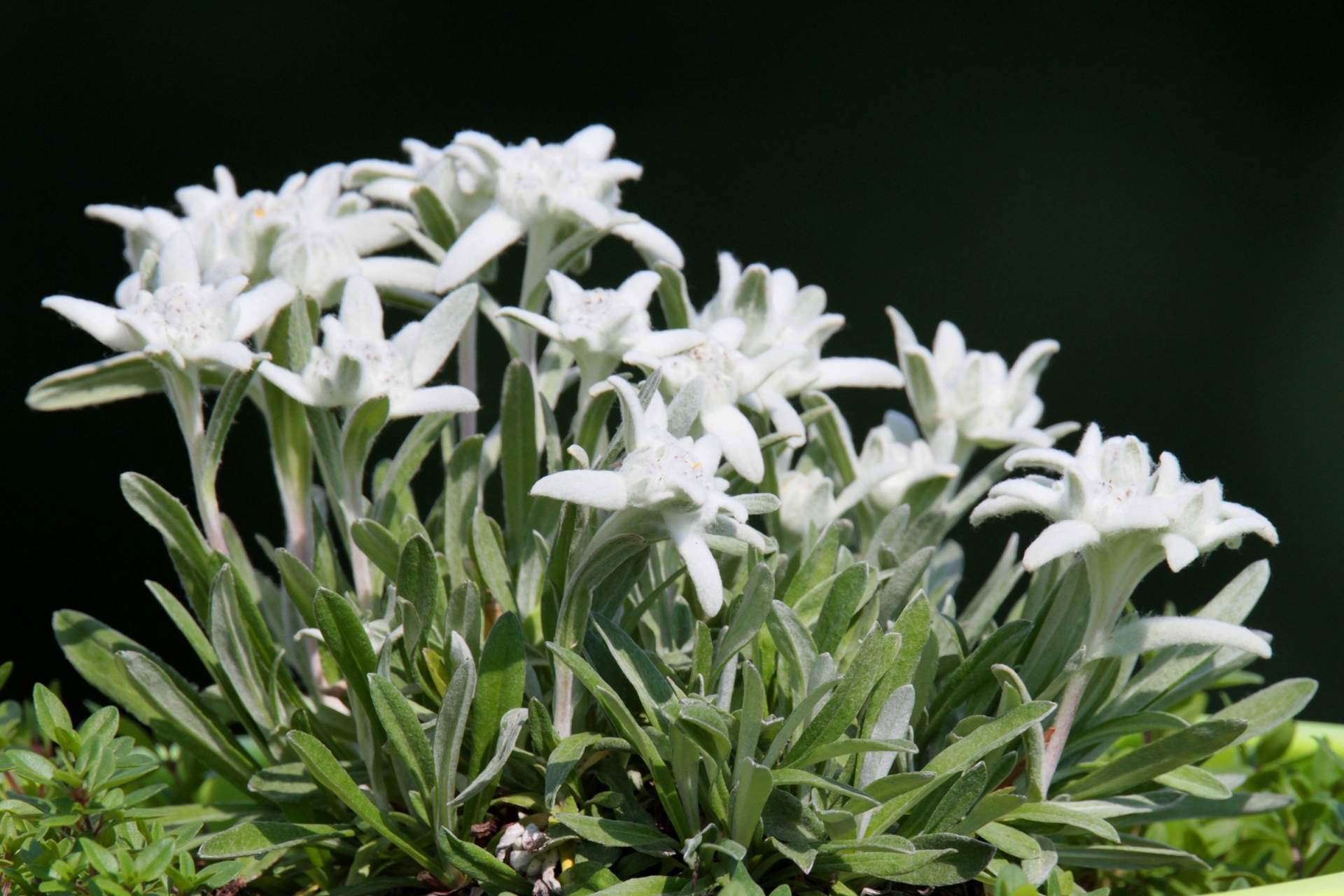
One of the most famous and beautiful flowers in the Alps, the edelweiss.
Pixabay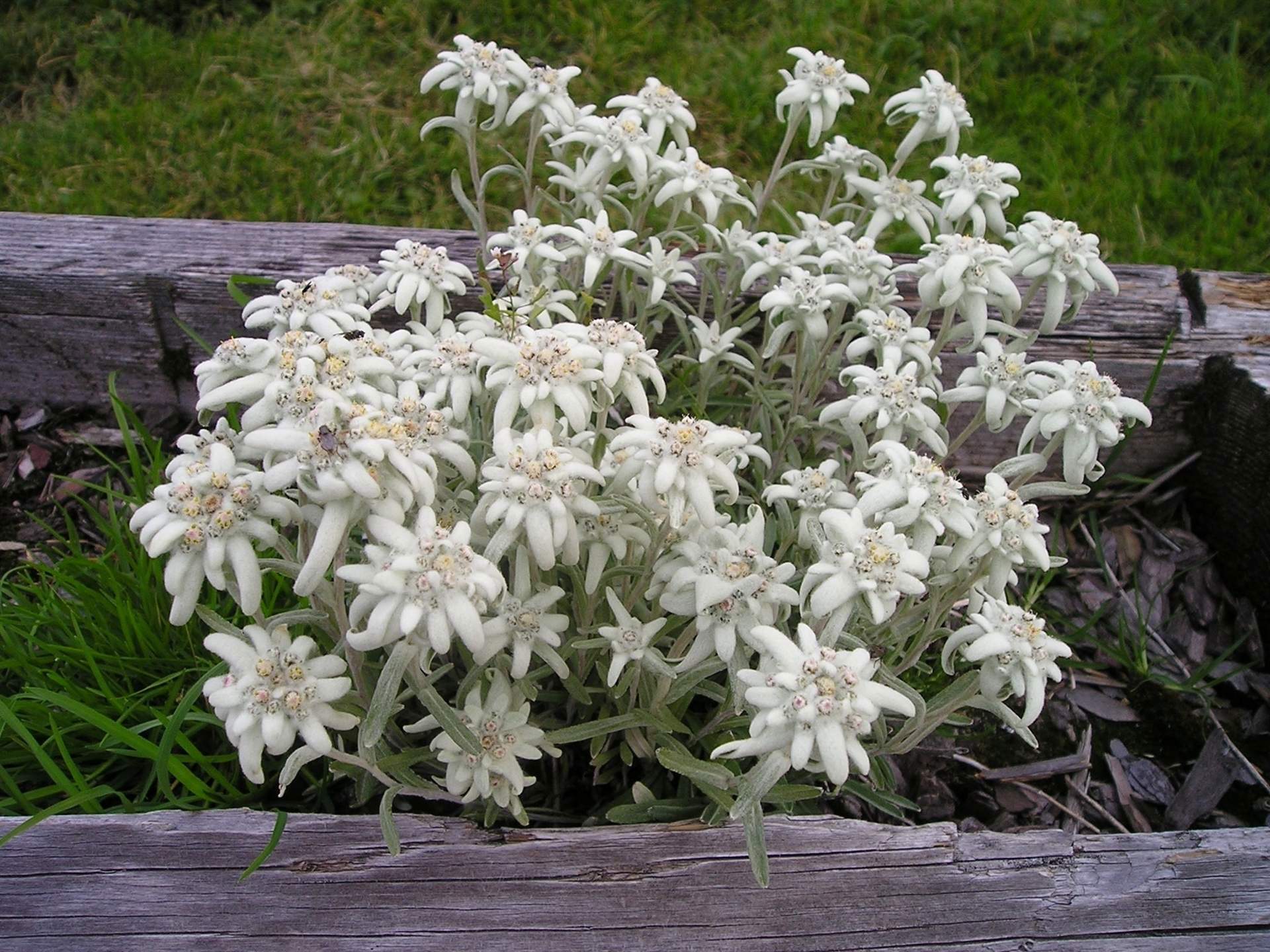
Be enchanted by the beauty of the Edelweiss during your excursions in South Tyrol.
PixabayShimmering stars
According to legend, a moon princess brought the edelweiss from her homeland to earth. But the edelweiss, or more precisely the alpine edelweiss, actually originates from the high steppes of Central Asia and migrated from there to the Alps ages ago (after the last ice age). Due to its origins, it feels particularly at home on ridges and hilltops exposed to the wind. The unmistakable shimmering white star is only a false flower: hundreds of the real – and very small – flowers form the green-yellow flower heads in the centre of the star. The white-felt bracts that form the pretty star protect against dehydration (protection against evaporation) and heat loss.
The star not only attracts nectar-seeking insects, but also used to entice many hikers to pick it. This is why the Alpine edelweiss was placed under nature protection in Austria back in 1886 – long before any other plant in the world. It is still one of the protected plants in South Tyrol, but fortunately is currently hardly considered endangered. The Alpine edelweiss flowers between July and September.

The flowering of Alpine roses at the head of Langtaufers is a very special sight.
Frieder Blickle - Vinschgau Marketing
The magnificent natural landscape in Langtaufers is ideal for unforgettable hikes and mountain tours.
Frieder Blickle - Vinschgau MarketingA splendour of pink flowers
In South Tyrol, the alpine rose is the name given to both the fringed alpine rose and the rusty-leaved alpine rose. In other alpine regions, the names are Almrausch or Almrose. What is somewhat confusing is that the name is sometimes also used for the mountain rose, which actually belongs to the rose genus. In contrast, the crested alpine rose and the rusty-leaved alpine rose belong to the genus Rhododendron and are evergreen shrubs. The ciliated alpine rose only grows on calcareous soils and, unlike the rusty-leaved alpine rose, has lashes on the leaf edge and a green leaf underside. The rusty-leaved alpine rose prefers acidic soils. In South Tyrol, both species grow at altitudes of between 1,500 and 2,500 metres. They flower between May and July.
Caution: All parts of the plant are poisonous. The pink to red flowers look particularly beautiful with snow-covered mountain peaks in the background – as you can see in the photo below of Langtaufers near Graun in Vinschgau.
If you would like to find out more about the flora in South Tyrol, have a look at our blog article protected beauties – wild orchids in South Tyrol. There you will also find a tip for an interesting internet portal of the South Tyrol Nature Museum.






